|
learning > grammaire anglaise - niveau avancé
séquences
nominales
syntaxe et sens
N
+ of + N
the day of judgement
Hurricane Sandy,
a
menacing monster of a storm
énonciation première :
sortie du continuum
énonciatif
effet d'annonce,
fiction du jamais dit,
exemplarité, symbole,
emphase,
théâtralisation, historisation, sacralisation,
arrêt sur mot, focalisation, frontalisation,
divulgation, révélation,
analyse,
jugement
l'énonciateur / l'énonciatrice
déroule mot à mot
un énoncé "tapis rouge",
tire un rideau de théâtre
qui dévoile l'énoncé-scène :

The gift of a flower is
always a gift of love!

Peanuts
Charles Schulz
GoComics
May 21, 2023
https://www.gocomics.com/peanuts/2023/05/21
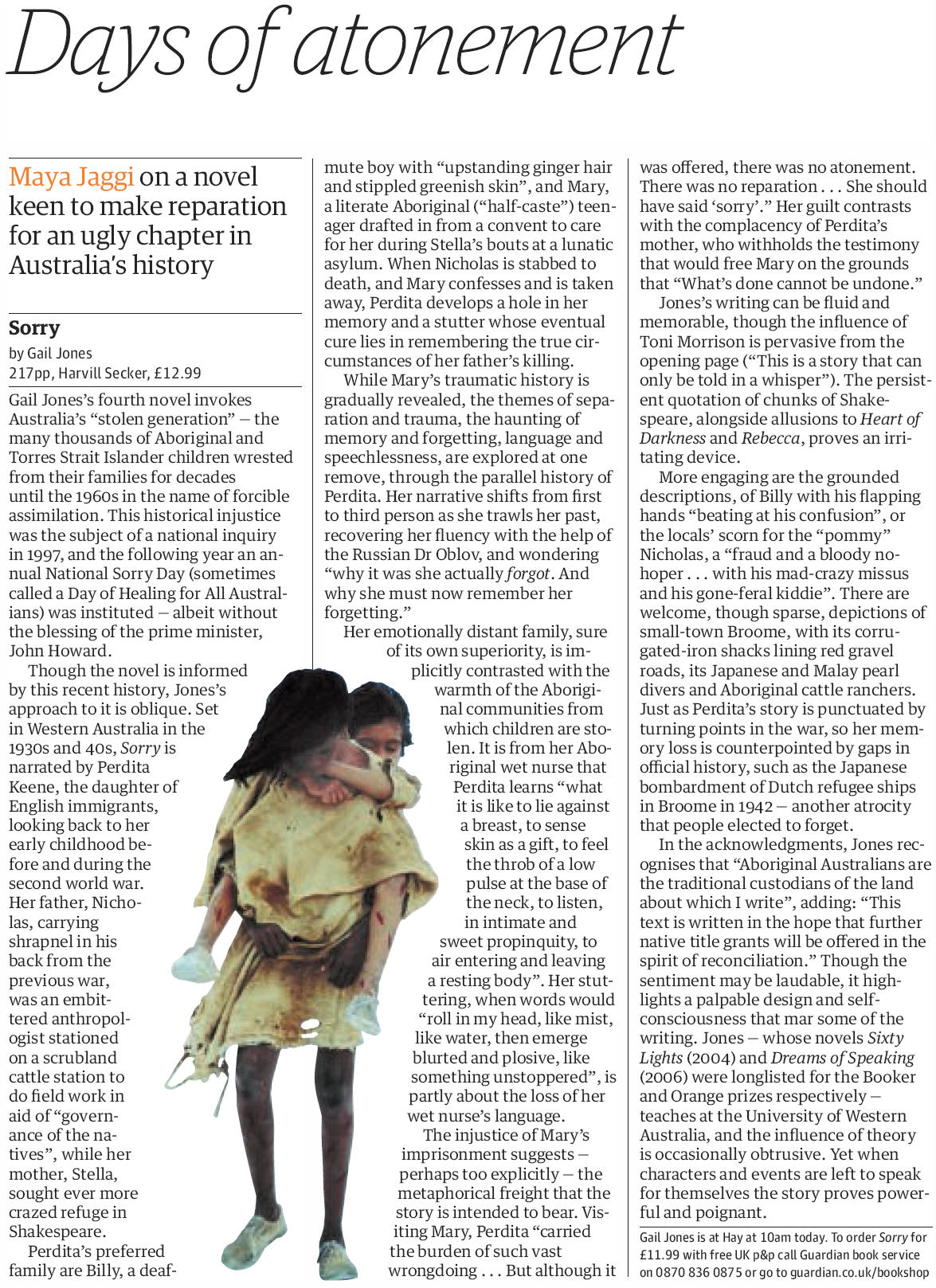
The Guardian Review
p. 17 26 May 2007

The Guardian p. 30
26 January 2009
http://digital.guardian.co.uk/guardian/2009/01/26/pdfs/gdn_090126_ber_30_21768825.pdf

The Guardian Review
p. 24 19 May 2007
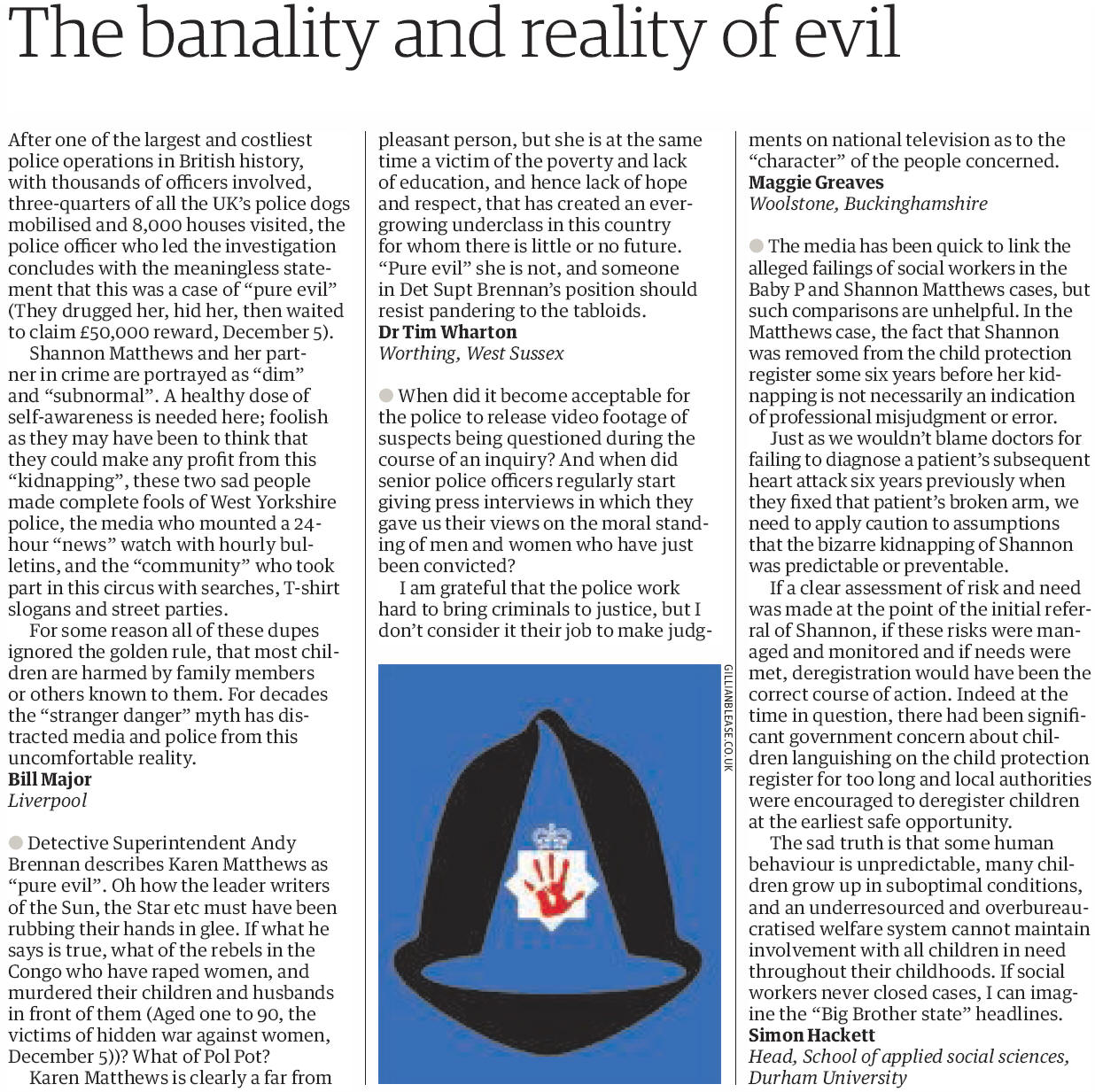
The Guardian Letters
and emails p. 45
6 December 2008
http://digital.guardian.co.uk/guardian/2008/12/06/pdfs/gdn_081206_ber_45_21388232.pdf


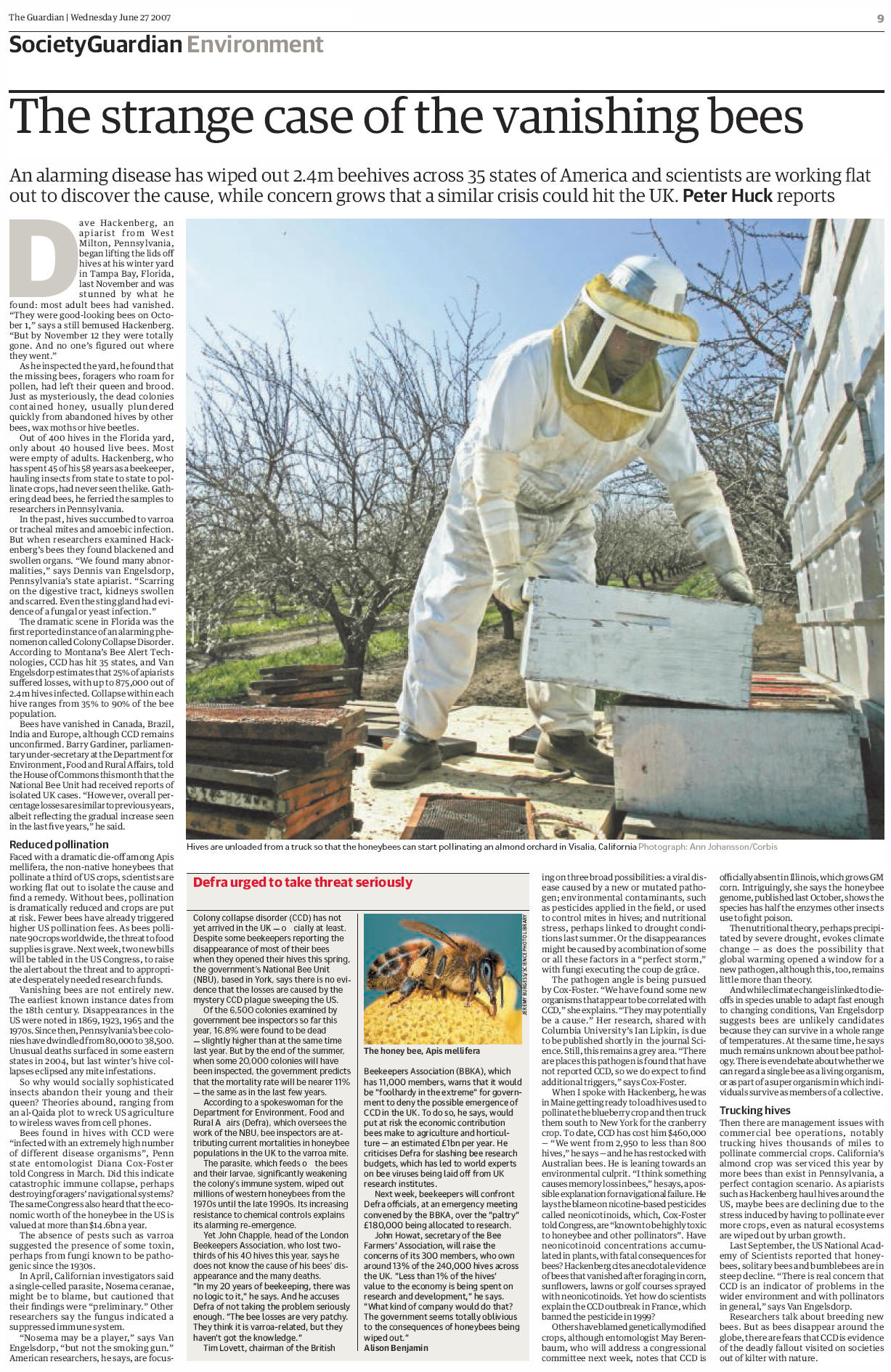



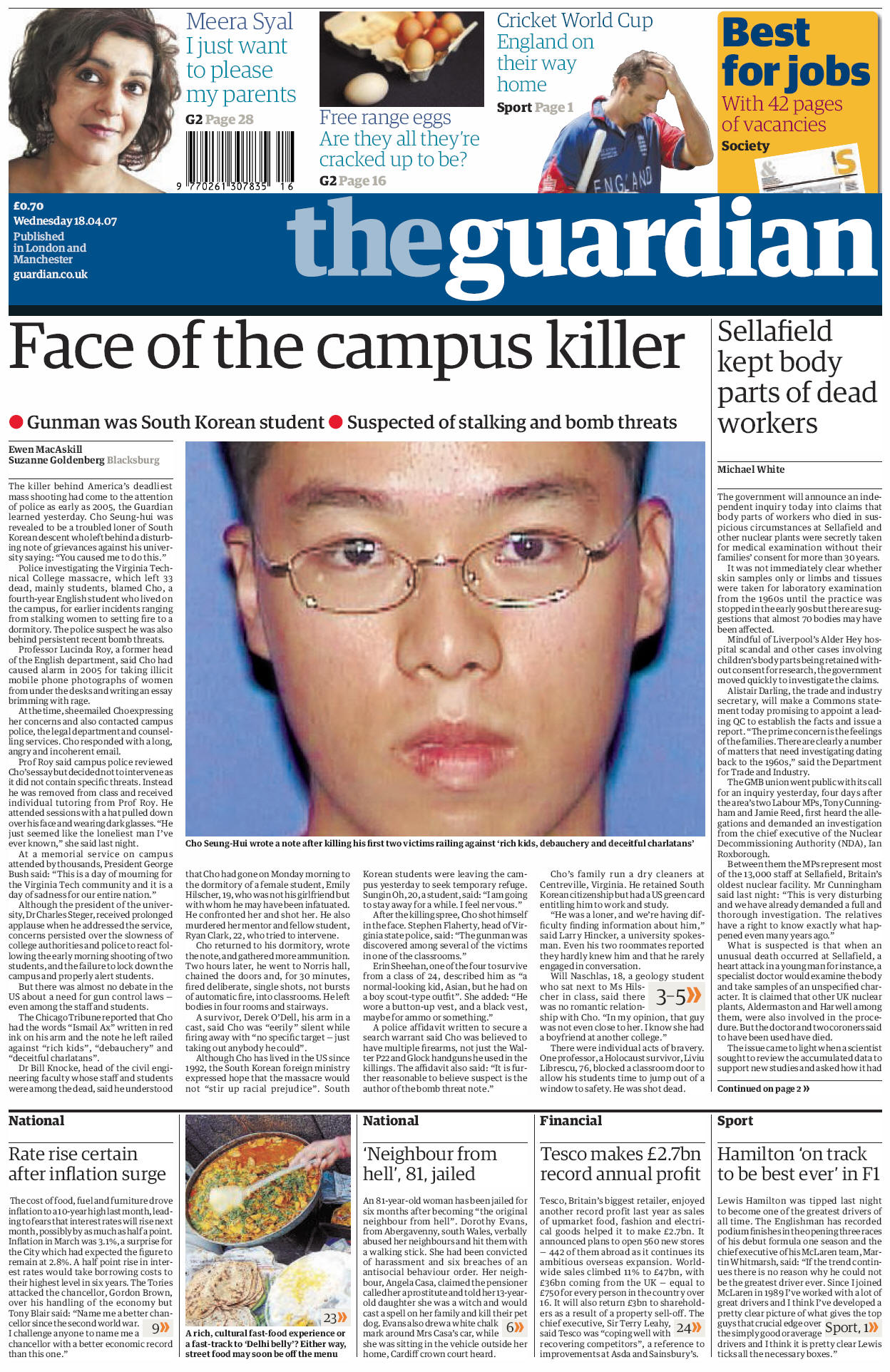
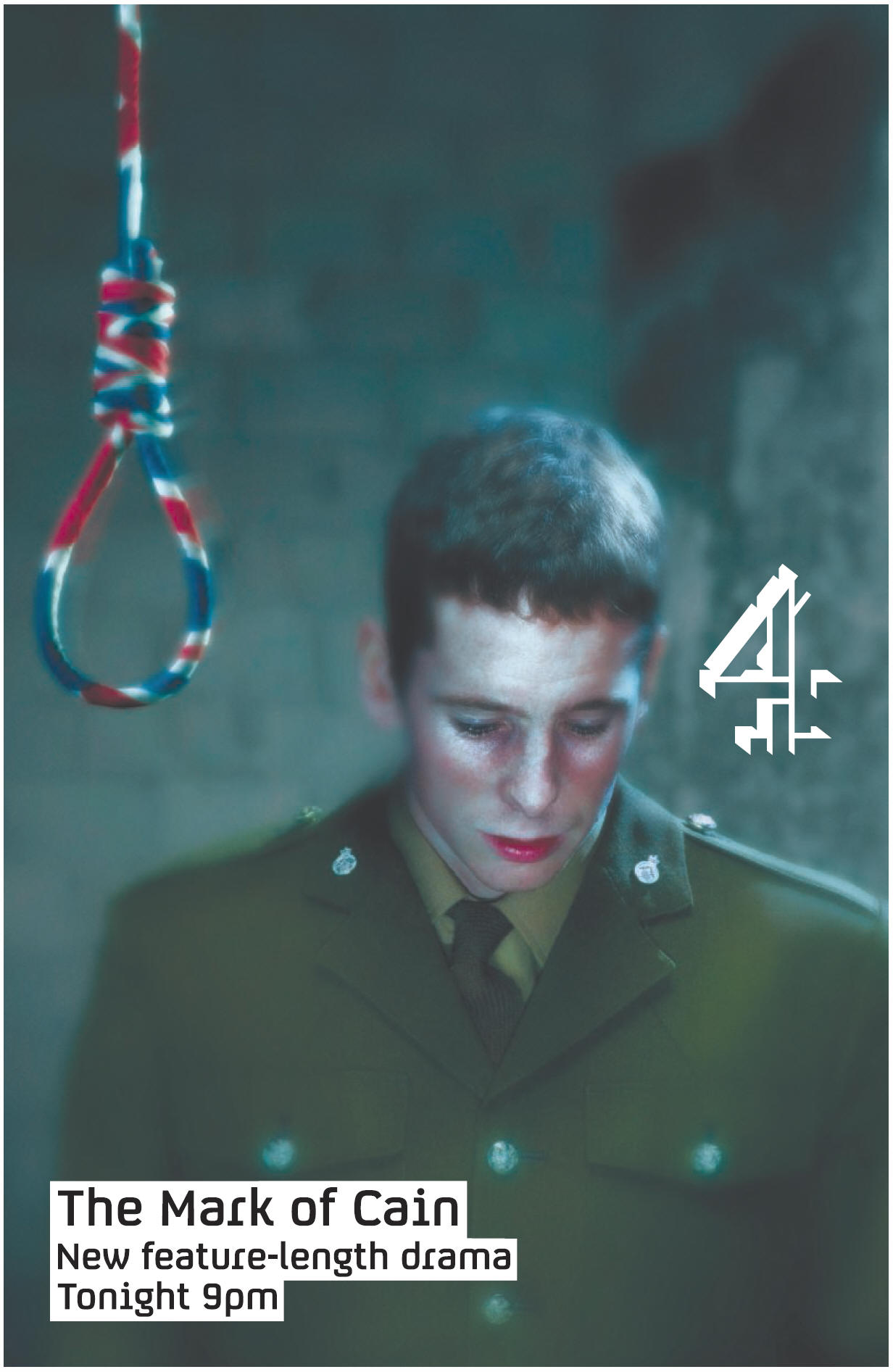
The Guardian
p. 8 12.4.2007


The Toll of Violent Anti-Abortion Speech
DEC. 1, 2015
The New York Times
The Opinion Pages | Op-Ed Contributor
By KATHA POLLITT
HERE are some things abortion opponents have said about Robert L.
Dear Jr., the shooter accused of killing three and wounding nine at the Planned
Parenthood clinic in Colorado Springs last Friday. He was just a lunatic. He
wasn’t attacking Planned Parenthood, he ran in there after trying to rob a bank.
My personal favorite, from the Republican presidential candidate Sen. Ted Cruz:
He is reported to be a “transgendered leftist activist.”
Given that Mr. Dear is said to have told the police “no more baby parts,” could
the attack be related to the deceptively edited incendiary videos from the
anti-abortion group Center for Medical Progress, which purport to show that
Planned Parenthood sells fetal tissue for profit? Another Republican
presidential contender, Carly Fiorina, called it “typical left-wing tactics” to
connect them.
Who is she kidding? Since the videos appeared over the summer, there have been
four arsons at or near Planned Parenthood clinics. Abortion providers say
threats and harassment have increased as well. But then, disclaiming any
connection with violence has a long history in the anti-abortion movement. Black
Lives Matter activists are accused by some of promoting the murder of police
officers, and every Muslim on earth is seemingly expected to condemn jihadi
terrorism on practically a daily basis. Meanwhile, I’m not aware of any
prominent abortion opponents who have publicly accepted responsibility for
fomenting violence by using language that equates abortion with the Holocaust or
murder on an industrial scale — atrocities that would seem to call for
resistance by any means necessary.
In fact, even when deploring violence, opponents equate it with the practice of
abortion. As Mike Huckabee, who is also seeking the Republican presidential
nomination, said in the wake of the Colorado Springs shooting, “There’s no
excuse for killing other people, whether it’s happening inside the Planned
Parenthood headquarters, inside their clinics where many millions of babies die,
or whether it’s people attacking Planned Parenthood.” Millions of dead babies
versus “people attacking” a clinic? Which sounds like the greater evil to you?
Violence against abortion clinics and providers has been part of the so-called
pro-life movement virtually since 1973, when the Supreme Court ruled in Roe v.
Wade that abortion is a constitutionally protected right. The National Abortion
Federation, the professional association of abortion providers, has recorded a
staggering 6,948 acts of violence against clinics and providers between 1977 and
2014, including eight murders, 17 attempted murders, 42 bombings and 182 arsons.
Anti-abortion leaders portray violence as the doings of madmen, and probably
some of the perpetrators are indeed unstable. But when prominent voices in the
anti-abortion movement compare clinics to Auschwitz, when they equate embryos
with slaves, when Bill O’Reilly says that people feel fetal tissue donation is
“Nazi stuff” and Rush Limbaugh suggests the way to stop abortion is to “require
that each one occur with a gun,” it is not surprising that susceptible people
will act on what they hear as a call for violence.
Indeed, sometimes the call is explicit. The president of the anti-abortion group
Operation Rescue, Troy Newman, who serves on the board of the Center for Medical
Progress, views abortion as a capital crime and has called for the execution of
abortion providers. His second in command, Cheryl Sullenger, was convicted of
attempting to bomb a clinic. Has Mr. Newman been ostracized by mainstream
abortion opponents? Not really. Mr. Cruz, on his website, declares himself
“grateful” for Mr. Newman’s endorsement.
Law enforcement and the news media have been reluctant to call this continuing
violence by its rightful name: terrorism. Is it because the perpetrators are
generally white and Christian? Unless there’s a death, each incident gets little
attention. It’s as if we take abusive anti-abortion tactics for granted. Most
Americans probably have no idea how hostile anti-abortion “sidewalk counseling”
outside clinics can be. There’s a reason pro-choicers volunteer to escort
patients as they make their way past angry crowds to the clinic door.
Here is the dirty little secret about anti-abortion violence: It works. After
Dr. George Tiller was assassinated in 2009, his clinic, in Wichita, Kan.,
closed. (A new clinic opened in the same location in 2013, though it offers a
narrower range of services.) In Kalispell, Mont., the son of a prominent local
abortion opponent destroyed All Families Healthcare, the only abortion provider
in the area. It’s gone, too.
Most targeted clinics stay open, but there’s a toll. When I asked abortion
providers how the threat of violence had affected the way they provided care,
people listed everything from armed security guards and metal detectors to safe
rooms and regular emergency drills. Technicians have to decide whether a
patient’s elevated blood pressure is caused by a medical condition or from the
anxiety of wading through a crowd of protesters shouting, “The doctors aren’t
licensed!” and “You’ll die in there!” It can be hard to hire and keep staff when
the job description includes feeling threatened every day. As one provider
summed it up, “10 to 15 percent of our resources of time, talent and treasure
are devoted to compensating for harassment and threats.”
To abortion opponents that’s all good news. But what about the rest of us? A
majority of Americans, according to recent Pew data, believe abortion should be
legal in all or most cases. Do we want to live in a country where extremists use
violence to deny women legal health care, and people whose words may well spur
them to action insist they have nothing to do with it?
Katha Pollitt is a columnist at The Nation and the author, most
recently, of “Pro: Reclaiming Abortion Rights.”
A version of this op-ed appears in print on December 2, 2015, on page A31 of the
New York edition with the headline: The Roots of Anti-Abortion Violence.
The Toll of Violent Anti-Abortion Speech,
NYT, DEC 1., 2015,
http://www.nytimes.com/2015/12/02/
opinion/the-toll-of-violent-anti-abortion-speech.html
The Shooting of Samuel Dubose
JULY 29, 2015
The New York Times
The Opinion Pages
Op-Ed Columnist
Charles M. Blow
Samuel Dubose was a 43-year-old unarmed black man who was shot in
the head and killed by a University of Cincinnati police officer, Ray Tensing,
during a traffic stop a few blocks from campus.
Tensing stopped Dubose on July 19 because his car didn’t have a front license
plate.
Some say Dubose’s face was “blown off.”
On Wednesday, Tensing was indicted on murder charges.
As the Hamilton County prosecutor, Joe Deters, said Wednesday, Tensing
“purposefully killed” Dubose. “This is without question a murder.”
Deters called the stop a “chicken crap stop,” Tensing’s recounting of the events
that led to the shooting “nonsense,” and the shooting itself “the most asinine
act I’ve ever seen a police officer make.”
Authorities also released Tensing’s disturbing bodycam video of the stop and
shooting.
In an exchange with the dispatcher just after the shooting, Tensing said: “I’m
not injured. I almost got ran over by the car. He took off on me. I discharged
one round, struck the man in the head.”
Indeed, the information report about the shooting repeats and even amplifies
that claim. It reads: “Officer Tensing stated that he almost was run over by the
driver of the Honda Accord and was forced to shoot the driver with his duty
weapon.” It continues: “Officer Tensing stated that he fired a single shot.
Officer Tensing repeated that he was being dragged by the vehicle and had to
fire his weapon.”
The video proves that none of that happened. To watch that video is to be
witness to an execution. What kind of person takes another person’s life so
cavalierly? How little must an officer think of the person at the other end of
the barrel to shoot him in the head when, per the video, there appears to be no
threat?
NBC News reported that an annual review of Tensing described him as “extremely
proactive” with traffic enforcement.
The NBC News report continued:
“It was unclear whether that was meant to be high praise or an indication that
he was overzealous in his policing. But a supervisor said the officer, Ray
Tensing, ‘only meets the standards when it comes to community service,’
according to records released by the university. The supervisor wrote that
Tensing should interact with the public more outside of traffic enforcement to
improve his demeanor.”
He joined the university police force a year ago and was generally well rated in
his reviews.
There are some blessings in this tragedy.
The bodycam video was vital, and refuted the officer’s account. Also, the
prosecutor moved quickly to charge the officer in the case.
But, even those steps in the right direction are not fully restorative.
Body cameras must be made mandatory countrywide. That will help with
investigations after the fact, and may indeed alter behavior, but there is no
full equipment fix for a personnel problem.
What is happening between police officers and people of color in this country is
a structural issue and must be deconstructed as such. Cameras won’t change basic
character.
This incident adds to a drumbeat of falling black bodies after interactions with
police officers. It adds to distrust about officers’ accounts of what leads to
these deaths. It adds to a corrosion of trust in the entire criminal justice
system.
Police violence may not be the greatest threat of violence to black lives —
community violence, sadly, surpasses it — but the disproportionate use of force
by some officers against black and brown people does appear to be a specific —
and very real — threat that must be addressed.
And the very idea that this violence is conducted by people acting as an arm of
government, in your name but against your body, is too hard a pill to swallow.
How can my taxes pay your salary while your actions drain blood from my body?
How is it that I have to be afraid of cops as well as criminals? Whom do I turn
to when the cops become the criminals?
How often must we hear the lamentations for justice emanate from dark faces
streaked with tears and burning with a righteous rage?
Something has to give. The carnage must be abated. Trust must be restored.
What we are living through cannot continue. People cannot long shoulder this
weight — nor should they be required to.
Police and criminal justice reform has to be a priority in our political actions
now, and into the future. We cannot wait for interpersonal racial reconciliation
to act to legally remedy systemic racial inequities.
As the Rev. Dr. Martin Luther King Jr. once put it: “It may be true that the law
cannot make a man love me, but it can keep him from lynching me, and I think
that’s pretty important.”
There simply must be more protections for citizens in these cases. There must
be!
This environment of death and distrust is a threat to the fabric of society and
to democracy itself.
The Shooting of Samuel Dubose,
NYT, JULY 29, 2015,
http://www.nytimes.com/2015/07/30/opinion/
charles-blow-the-shooting-of-samuel-dubose.html
The Death of Michael Brown
Racial History Behind the Ferguson Protests
AUG. 12, 2014
The New York Times
The Opinion Pages | Editorial
By THE EDITORIAL BOARD
The F.B.I. may be able to answer the many questions surrounding
the death of Michael Brown, an 18-year-old black student from Ferguson, Mo., who
was a few days from heading off to college when he was shot by a police officer
on Saturday. The shooting of Mr. Brown, who was unarmed, led to three days of
protest, some of it violent, and several tense confrontations between residents
of the St. Louis suburban town of 21,000 and the police.
But it doesn’t take a federal investigation to understand the history of racial
segregation, economic inequality and overbearing law enforcement that produced
so much of the tension now evident on the streets. St. Louis has long been one
of the nation’s most segregated metropolitan areas, and there remains a high
wall between black residents — who overwhelmingly have lower incomes — and the
white power structure that dominates City Councils and police departments like
the ones in Ferguson.
Until the late 1940s, blacks weren’t allowed to live in most suburban St. Louis
County towns, kept out by restrictive covenants that the Supreme Court
prohibited in 1948. As whites began to flee the city for the county in the 1950s
and ’60s, they used exclusionary zoning tactics — including large, single-family
lot requirements that prohibited apartment buildings — to prevent blacks from
moving in. Within the city, poverty and unrest grew.
By the 1970s, many blacks started leaving the City of St. Louis as well. Colin
Gordon, a professor at the University of Iowa who has carefully mapped the
metropolitan area’s residential history, said black families were attracted to
older, inner-ring suburbs like Ferguson in the northern part of the county
because they were built before restrictive zoning tactics and, therefore,
allowed apartments.
As black families moved into Ferguson, the whites fled. In 1980, the town was 85
percent white and 14 percent black; by 2010, it was 29 percent white and 69
percent black. But blacks did not gain political power as their numbers grew.
The mayor and the police chief are white, as are five of the six City Council
members. The school board consists of six white members and one Hispanic. As Mr.
Gordon explains, many black residents, lacking the wealth to buy property, move
from apartment to apartment and have not put down political roots.
The disparity is most evident in the Ferguson Police Department, of which only
three of 53 officers are black. The largely white force stops black residents
far out of proportion to their population, according to statistics kept by the
state attorney general. Blacks account for 86 percent of the traffic stops in
the city, and 93 percent of the arrests after those stops. Similar problems
exist around St. Louis County, where earlier this year the state chapter of the
N.A.A.C.P. filed a federal civil rights complaint alleging widespread racial
profiling by police departments.
The circumstances of Mr. Brown’s death are, inevitably, in dispute. Witnesses
said he was walking home from a convenience store when stopped by an officer for
walking in the middle of the street, and they accused the officer of shooting
him multiple times when his hands were raised over his head. The police said Mr.
Brown had hit the officer. State and federal investigators are trying to sort
out the truth.
What is not in dispute is the sense of permanent grievance held by many
residents and shared in segregated urban areas around the country. Though
nothing excuses violence and looting, it is clear that local governments have
not dispensed justice equally. The death of Mr. Brown is “heartbreaking,” as
President Obama said Tuesday, but it is also a reminder of a toxic racial legacy
that still infects cities and suburbs across America.
A version of this editorial appears in print
on August 13, 2014,
on page A22
of the New York edition
with the headline:
The Death of Michael Brown.
The Death of Michael Brown, NYT, 12.8.2014,
http://www.nytimes.com/2014/08/13/opinion/
racial-history-behind-the-ferguson-protests.html
Sharp Warnings
as Hurricane Churns In
October 28, 2012
The New York Times
By JAMES BARRON
Hurricane Sandy, a menacing monster
of a storm that forecasters said would bring “life-threatening”
flooding, churned toward some of the nation’s most densely populated areas on
Sunday, prompting widespread evacuations and the shutdown of the New York City
transit system.
Officials warned that the hurricane, pushing north from the Caribbean after
leaving more than 60 people dead in its wake, could disrupt life in the
Northeast for days.
New York went into emergency mode, ordering the evacuations of more than 370,000
people in low-lying communities from Coney Island in Brooklyn to Battery Park
City in Manhattan and giving 1.1 million schoolchildren a day off on Monday. The
city opened evacuation shelters at 76 public schools.
The National Hurricane Center said it expected the storm to swing inland,
probably on Monday evening. The hurricane center reported that the storm had
sustained winds of almost 75 miles an hour.
“We’re going to have a lot of impact, starting with the storm surge,” said Craig
Fugate, the administrator of the Federal Emergency Management Agency. “Think,
‘Big.’ ”
The subway closing began at 7 p.m. to darken every one of the city’s 468
stations for the second time in 14 months, as officials encouraged the public to
stay indoors and worked to prevent a storm surge from damaging tracks and signal
equipment in the tunnels. A suspension of bus service was ordered for 9 p.m.
The closing this year seemed more ominous. The shutdown before Tropical Storm
Irene last year began at noon on a Saturday, and service resumed before the
workweek started on Monday. This time, officials warned, it might be Wednesday
before trains were running again.
Another fear in the Northeast was that winds from the storm might knock down
power lines, and that surging waters could flood utility companies’ generators
and other equipment.
Forecasters said the hurricane was a strikingly powerful storm that could reach
far inland. Hurricane-force winds from the storm stretched 175 miles from the
center, an unusually wide span, and tropical storm winds extended outward 520
miles. Forecasters said they expected high-altitude winds to whip every state
east of the Mississippi River.
President Obama, who attended a briefing with officials from FEMA in Washington
called Hurricane Sandy “a big and serious storm.” He said federal officials were
“making sure that we’ve got the best possible response to what is going to be a
big and messy system.”
“My main message to everybody involved is that we have to take this seriously,”
the president said.
The hurricane center said through the day on Sunday that Hurricane Sandy was
“expected to bring life-threatening storm surge flooding to the mid-Atlantic
Coast, including Long Island Sound and New York Harbor.”
The storm preparations and cancellations were not confined to New York.
Amtrak said it would cancel most trains on the Eastern Seaboard, and
Philadelphia shut down its mass transit system.
In the New York area, the Metropolitan Transportation Authority’s commuter rail
lines, which suffered the heaviest damage during Tropical Storm Irene, were
suspended beginning at 7 p.m. on Sunday.
New Jersey Transit began rolling back service gradually at 4 p.m., with a full
shutdown expected by 2 a.m.
The Staten Island Ferry was scheduled to stop running by 8:30 p.m., PATH trains
at midnight.
The nation’s major airlines canceled thousands of flights in the Northeast. The
Port Authority of New York and New Jersey, which operates the three major
airports in the New York City area, said it expected major carriers to cease
operations entirely by Sunday evening. The Coast Guard closed New York Harbor —
cruise ships were told to go elsewhere — and the Northeast faced the possibility
of being all but shut down on Monday.
Federal offices in the Washington area will be closed; only emergency employees
will be on the job. The Washington transit system — its Metrorail subway and its
buses — will also be shut down.
The United Nations canceled all meetings at its headquarters in Manhattan.
Broadway shows were canceled on Sunday and Monday, as were performances at
Carnegie Hall.
Schools in Baltimore, Boston and Washington called off classes for Monday.
Many public libraries said their reading rooms would be closed for the day, and
parks department workers in Central Park told people to leave on Sunday and to
stay away until the storm passed.
The New York Stock Exchange, which initially said its trading floor would be
open on Monday, decided to close the floor and suspend all trading on Monday.
The closing was the first caused by bad weather since Hurricane Gloria in 1985,
although the opening bell has been delayed a number of times — once during a
blizzard in January 1996 — and the exchange was closed for three days after the
Sept. 11 attacks. The Nasdaq exchange also announced it would be closed Monday.
The hurricane center said the surges could reach 11 feet in New York Harbor,
Long Island Sound and Raritan Bay in New Jersey — significantly higher than
previous forecasts and significantly above the levels recorded during the
tropical storm last year.
Forecasters said the water could top 8 feet from Ocean City, Md., to the border
between Connecticut and Rhode Island. They predicted the waves would rise to 6
feet on the south shore of Cape Cod.
Hour after hour on Sunday, long before high tide, high waves pounded the dunes
that protect the boardwalk in Rehoboth Beach, Del.
And in East Hampton, N.Y., where Mabel Harmon and her neighbors had spent the
day tying down patio furniture, the wind was already “blowing like crazy,” she
said Sunday afternoon.
Forecasters also warned that rain could saturate the ground and that trees could
tumble across roads or onto power lines.
From North Carolina to Connecticut, officials declared emergencies and directed
residents to leave areas near the shore.
Delaware ordered coastal communities evacuated by 8 p.m. Sunday.
In New Jersey, gamblers scrambled to play a few last rounds of blackjack before
leaving the Atlantic City casinos under orders from Gov. Chris Christie.
He also ordered residents to leave barrier islands from Sandy Hook to Cape May.
In beachfront towns from North Carolina to New Jersey, the surf was spitting,
and crews were rushing to build sand walls in places where the beaches had been
rebuilt after 2011, when many places were hit by what was still Hurricane Irene.
In Red Hook, Brooklyn, many residents along the streets closest to New York
Harbor were in their basements checking sump pumps.
Gino Vitale, a builder and landlord there, was delivering sandbags piled high in
the back of his white Ford pickup truck to tenants along Conover Street, a block
from New York Bay.
“We dodged most of it with Irene,” he said, referring to the storm that flooded
basements in Red Hook but not much else. “I’m hoping we can do that again.”
For the most part, residents appeared to follow officials’ advice to stock up on
bottled water, canned food and flashlights — so much so that stores ran low on
batteries. Some gas stations in Connecticut had little gasoline left — no
regular, and not much premium.
In a flood-prone neighborhood in Philadelphia, Michael Dornblum did something he
did not do during Tropical Storm Irene or earlier storms that brought high water
— he put 80-pound sandbags outside his family’s furniture store. In the past, he
has lined them up only inside. He put the additional protection in place as
employees prepared to lift carpets and sofas off the showroom floor. Some went
to a storage area on the second floor.
Con Edison did not provide an estimate of how long customers in the New York
City area might be without power if the storm played havoc with its network; by
contrast, the parent company of Jersey Central Power and Light warned as long
ago as Friday that repairs could take 10 days after the storm passed through.
Another utility in New Jersey, the Public Service Electric and Gas Company, said
that restoring power could take a week.
Forecasters said Hurricane Sandy could deliver something besides wind and rain:
snow. That is because a system known as a midlatitude trough — which often
causes severe winter storms — was moving across the country from the west. It
was expected to draw in Hurricane Sandy, giving it added energy.
A blast of arctic air is expected to sweep down through the Canadian Plains just
as the two storms converge. That could lead to several feet of heavy, wet snow
in West Virginia and lighter amounts in Pennsylvania and Ohio that could bring
down trees and power lines if already chilly temperatures drop below freezing.
The full moon on Monday could cause even greater flooding, because tides will be
at their peak.
The possibility of a higher surge was one reason that Mayor Michael R. Bloomberg
of New York ordered mandatory evacuations in low-lying areas, just as he did
before Tropical Storm Irene. One city official said there was particular concern
about Con Edison’s Lower Manhattan infrastructure, noting that if the storm
surge washed over the bulkheads, it could damage the utility’s electrical and
steam networks. If the surge runs as high as forecast, Con Ed will shut off two
electrical networks in Lower Manhattan,
As for the subway shutdown, Mr. Bloomberg said that if the Metropolitan
Transportation Authority had not suspended service, but instead had left itself
vulnerable to the storm, the city would have risked being without its mass
transit network for even longer.
“They do have to make sure that their equipment doesn’t get damaged,” Mr.
Bloomberg said. “Otherwise we would not have subway trains when this is over or
buses when it’s over.”
Joseph J. Lhota, the chairman of the authority, said he expected the transit
systems to restore at least some service about 12 hours after the storm ended.
But he warned that the city could be without mass transit for as many as two
full work days. “I do think Monday and Tuesday are going to be difficult days,”
Mr. Lhota said.
But while the mayor said schoolchildren could take Monday off, city workers
could not: He said that city offices would be open for business.
Reporting on Hurricane Sandy
was contributed by Matt
Flegenheimer,
John Leland, Colin Moynihan, Sharon Otterman,
William K.
Rashbaum, Marc Santora, Sam Sifton,
Nate Schweber, Michael Schwirtz, Kate Taylor
and Vivian Yee from
New York;
Angela Macropoulos from Fire Island, N.Y.;
Jeff Lebowitz and Michael Winerip
from Long Beach, N.Y.;
Sarah Maslin Nir from East Hampton, N.Y.;
Elizabeth Maker from Milford, Conn.;
Kristin Hussey from Stamford, Conn.;
Stacey Stowe from Yonkers;
Brian Stelter from Rehoboth Beach, Del.;
Matthew L. Wald from
Washington;
and Jon Hurdle from Philadelphia.
Sharp Warnings as Hurricane Churns In,
NYT,
28.10.2012,
http://www.nytimes.com/2012/10/29/us/
east-coast-braces-for-severe-storm-surge.html
Voir aussi > Anglonautes >
Grammaire
anglaise explicative - niveau avancé
formes nominales
formes nominales > pronoms
Voir aussi
Book of the day
https://www.theguardian.com/books/series/
book-of-the-day
|